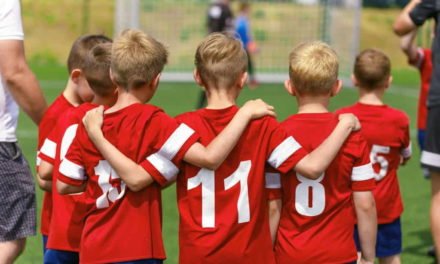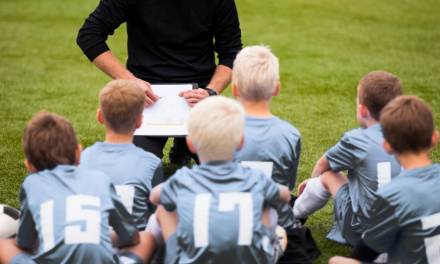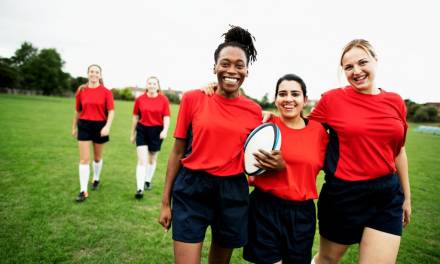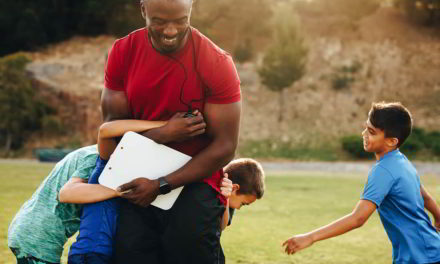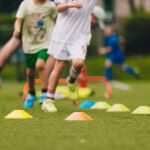There is no actual definition of a vulnerable child, but a government white paper suggests:
“a child can be vulnerable to risks and poor outcomes because of individual characteristics; the impact of action or inaction by other people; and their physical and social environment”.
Below we look at 5 ways in which we can adjust for these children and help them to thrive within our P.E. lessons.
1. Ensure the changing rooms offer as much privacy as possible
This is always an exceptionally difficult suggestion to put into action. If your available space simply doesn’t allow for this, consider small dividers to keep smaller groups of pupils separate from the whole class, or a seating plan to put at ease concerns of ‘where will I be changing?’ and ‘who will I be sat next to?’.
For children with a range of adverse childhood experiences, you may be able to provide a separate changing area, such as access to a disabled toilet cubicle, but this will solely depend upon the number of vulnerable children in a particular cohort.
2. A curriculum which fully engages the child
Although this will always be the aim of a functioning P.E. department, the focus may shift towards offering activities which all children can easily access outside of the school setting. For example, schools may offer boxing skills or karate on the curriculum if there are several gyms situated within the local area. This could lead to the vulnerable child participating in organised physical activity outside of the school day whilst also distancing them from any social problems, such as local crime or poor social influences that they may otherwise encounter. Always try and suggest where and how pupils can get involved with the sports you offer on the curriculum at the end of each unit of work… It could prove to be the most important piece of information you could ever give that child.
3. Consider when to elevate your voice or use a whistle
Some vulnerable children may be very afraid of loud, sudden noises due to upsetting events in their past. On occasions when you do need to raise your voice or use a whistle, try and make eye contact with the vulnerable child or pre-warn them to give them advance warning. The use of earplugs or ear defenders may also help the child in regulating themselves without becoming distressed.
4. PE staffing
If you teach a vulnerable child and a strong, positive relationship is formed between the pupil and staff member, try and engineer the timetable to allow this relationship to continue over the forthcoming school years. Vulnerable students often don’t like change when a strong relationship has been formed, as this can often be a missing ingredient from their home lives. Again, this won’t be possible for all vulnerable children in the cohort but it may be possible for the most vulnerable.
5. Facilitate success
Many vulnerable children will lack belief in themselves. P.E. lessons can be a great opportunity for vulnerable children to experience success and develop their self-confidence. This could be done in the form of verbal questioning, or by putting that child onto a slightly stronger team. This slight manipulation could lead to success which could ultimately make that child’s day. Always remember not to make any engineered opportunity for success obvious to the pupil or their classmates, as the desired effect will not materialise and the pupil could feel dejected or demotivated.
If you would like to learn about a platform that can support your workload then visit PE Office. Inclusive lesson plans and schemes of work help accommodate toward the specific needs of students. You can also look at the vast amount of resources here too.

